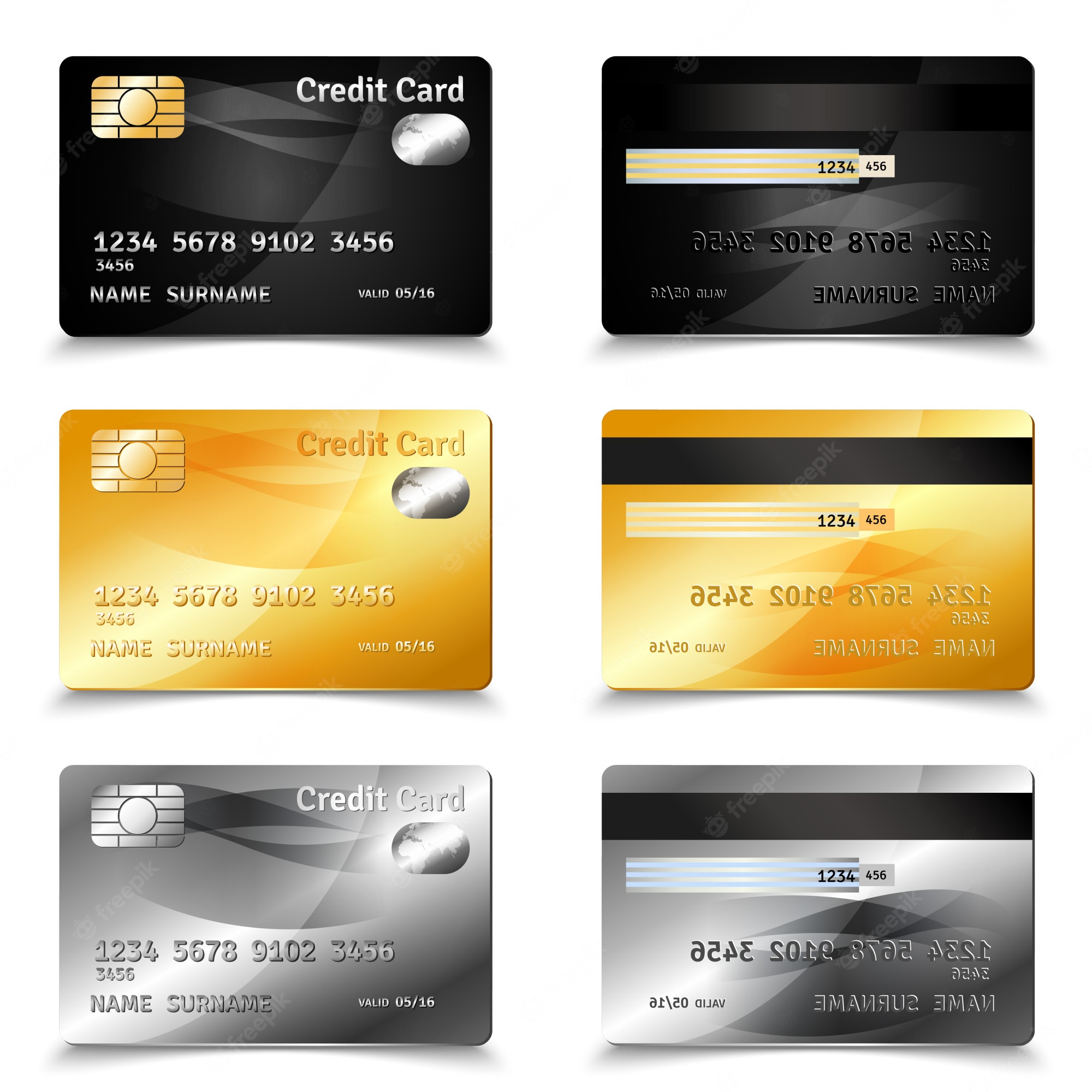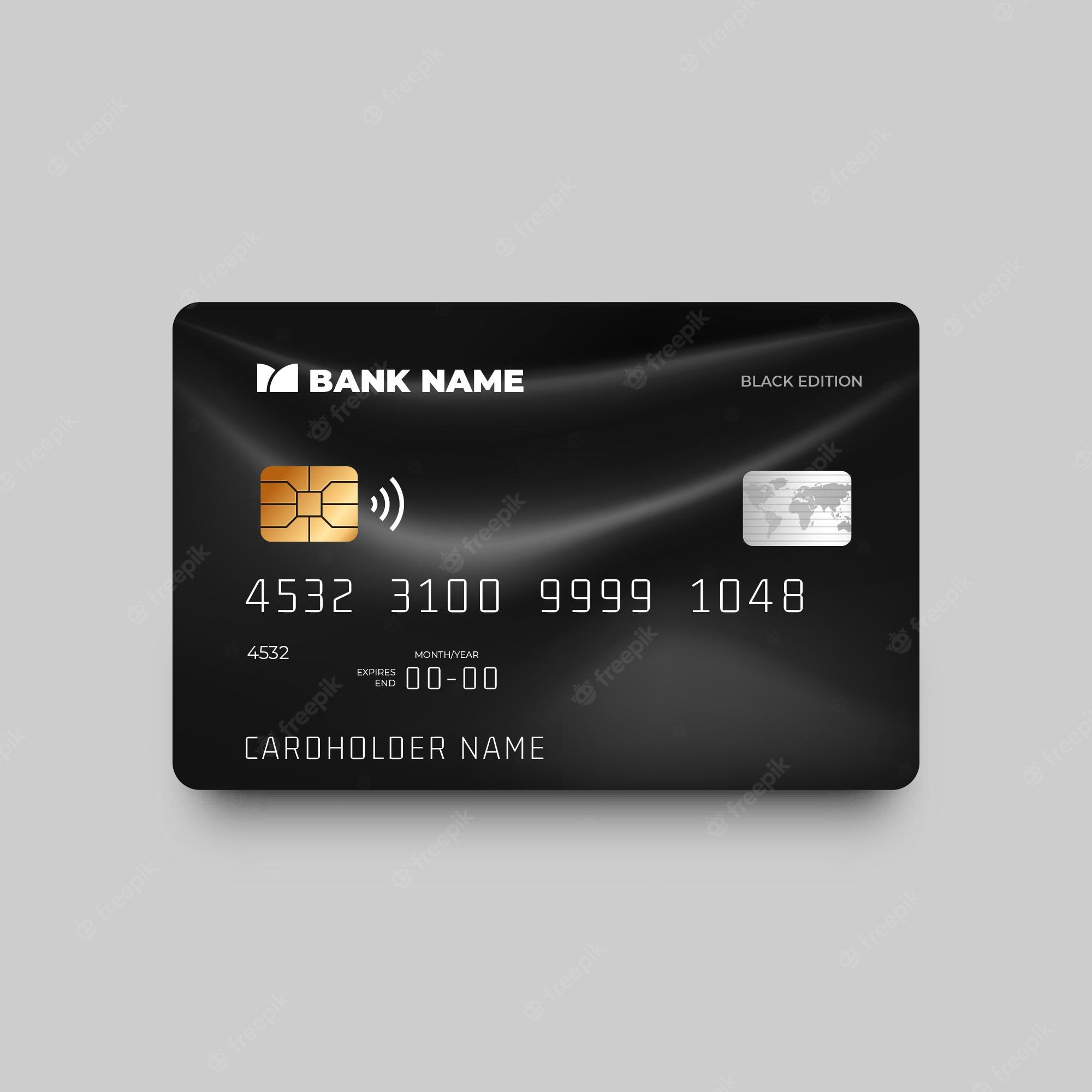Introduction
Credit cards are becoming a crucial financial instrument in today’s fast-paced society. They provide ease, safety, and a wide range of benefits and incentives. But with so many alternatives available, picking the best credit card may be a difficult undertaking. Should you choose a travel rewards card over a cashback card? No yearly fees or low interest rates? There are countless options, it seems.
Don’t worry, dear reader; in this thorough guide, we’ll explain credit cards’ intricacies and provide you the information and resources you need to select the best card for your particular needs in terms of finances and lifestyle. This article will lead you through the vital variables to take into account when making this important decision, whether you’re an experienced cardholder looking for an upgrade or a beginner to the credit card industry.
Chapter 1: Know Thyself – Assess Your Financial Situation

Take a step back and evaluate your financial circumstances before rushing blindly into the flood of credit card offers. This is how:
- Credit Score : Your credit score is the cornerstone of your creditworthiness. Get a copy of your credit report before applying for a credit card to know where you stand. The better credit card offers you’ll be eligible for depend on your score.
- Financial Objectives: What are your credit card-related objectives? Having specific financial objectives will help you reduce your alternatives, whether they are obtaining a cheap loan rate, increasing your credit score, or receiving incentives.
- Spending Patterns: Examine your spending tendencies. Do you use your card mostly for trips, routine shopping, or emergencies? Various cards provide incentives and advantages based on particular spending patterns.
Chapter 2: Types of Credit Cards

Now that you are more aware of your financial status, let’s look at the many kinds of credit cards that are offered:
- Rewards Cards: Cards with rewards programs provide customers money, points, or miles for every dollar spent. They are excellent if you want to receive incentives for regular purchases.
- Travel Cards: If you travel frequently, think about getting one of the rewards cards that come with perks like hotel stays, airline miles, and travel insurance.
- Cashback Cards: Cashback cards provide you cash incentives in the form of a percentage of your purchases back. They are well-liked for their ease of use and adaptability.
- Low-Interest Cards: To save interest fees, seek for cards with low annual percentage rates (APRs) if you often carry a debt.
- Student Cards: Created with students in mind, these cards assist establish credit and frequently include attributes that make them user-friendly.
- Secured Cards: Ideal for individuals with limited or poor credit history, secured cards require a deposit as collateral and can help rebuild credit.
- Balance Transfer Cards: These cards allow you to transfer high-interest debt to a card with a lower APR, potentially saving you money on interest.
- Business Cards: If you own a business, consider business credit cards, which offer features tailored to business expenses and often provide rewards on business-related purchases.
Chapter 3: Key Features to Consider

Now that you are familiar with the different card kinds, let’s examine the key characteristics to consider when selecting a credit card:
- Annual Fees: Some credit cards impose a cost each year, while others do not. Think about if the card’s advantages exceed its expense.
- APR: The Annual Percentage Rate (APR) governs the amount of interest charged on month-to-month rolled over debt. If you plan to carry a balance, look for cards with competitive APRs.
- Rewards Structure: Carefully consider the incentives structure. Do the incentives have flexibility and fit your spending patterns? Think of things like rewards point expiration dates and redemption choices.
- Introductory Offers: A lot of credit cards provide tempting introductory deals, such 0% APR on debt transfers or purchases for a set time. Use them if they help you achieve your financial objectives.
- Credit Limit: Knowing your credit limit is essential to not overextending yourself. Be mindful of how it can affect your credit score.
- Additional Benefits: A few cards come with extras like purchase protection, extended warranties, and travel insurance. Consider if you would value these added advantages.
Chapter 4: Research and Compare

Pic Credit- Freepik
It’s time to investigate and evaluate credit card offers now that you are clear on your needs and the features to take into account:
- Online Tools: To research a variety of credit card possibilities, use online comparison tools and credit card websites. You can filter cards using these options according to your preferences.
- Read Reviews: Read reviews and look for unbiased comments from cardholders. Making a judgment after hearing about real-world experiences might be beneficial.
- Terms and Conditions: Read the terms and conditions of the card carefully, including the tiny print. Recognize costs, interest rates, and any possible fines.
- Ask for Recommendations: Don’t be afraid to inquire about your friends’ and family’s credit card experiences. Personal suggestions are often quite useful.
Chapter 5: Applying for the Right Credit Card

Congratulations! You’ve done your research and are prepared to submit an application for the best credit card. Here is a detailed description of the application procedure:
- Prepare Your Information: Gather any required documentation, such as identity, proof of income, and other pertinent financial information.
- Online or In-Person Application: The majority of credit card applications may be finished online. Before submitting, be sure you double-check the information.
- Await Approval: The time it takes for approval to be granted might range from a few seconds to a few weeks. Be patient and ready to offer further details if necessary.
- Activate Your Card: Once accepted, adhere to the issuer’s activation guidelines. You usually have to contact a hotline or activate it online.
Chapter 6: Responsible Credit Card Usage

It’s important to utilize your new credit card carefully now that you have it:
Pay on Time: To prevent late fines and damaging effects on your credit score, always make at least the minimum payment on time.
Keep Balances Low: To maintain a healthy credit usage ratio, try to keep your credit card balances below 30% of your credit limit.
Keep an eye on your accounts: Check your credit card accounts frequently for mistakes and fraudulent purchases.
Avoid Cash Advances: Avoid cash advances since they sometimes have hefty fees and interest rates. Use them in moderation, if not never.
Conclusion
A crucial financial choice that might influence your financial destiny is picking the best credit card. You may make a decision that fits your wants, ambitions, and lifestyle by carefully considering your options, thoroughly researching the different card kinds and their characteristics, and evaluating your needs. To benefit from your credit card and stay out of trouble, utilize it carefully. You may achieve financial independence and a brighter financial future with the proper credit card in your possession. Happy card hunting!
Know More : Best Mutual Funds For SIP
